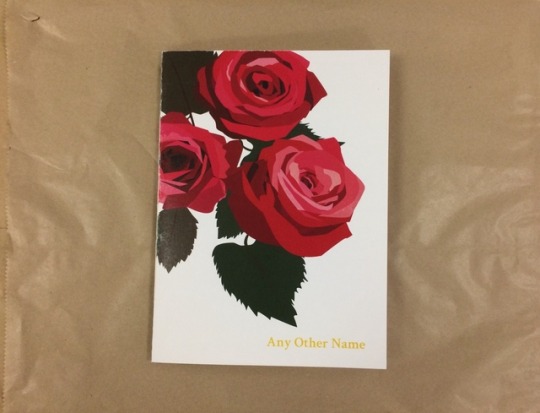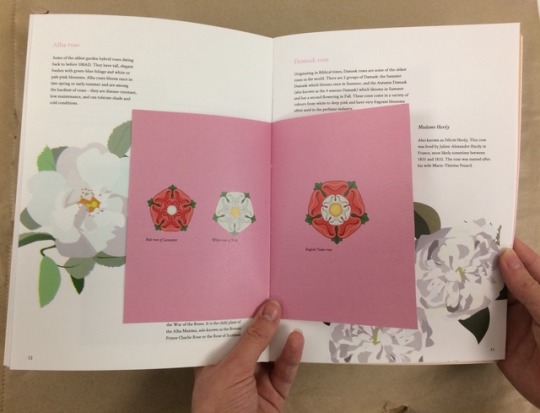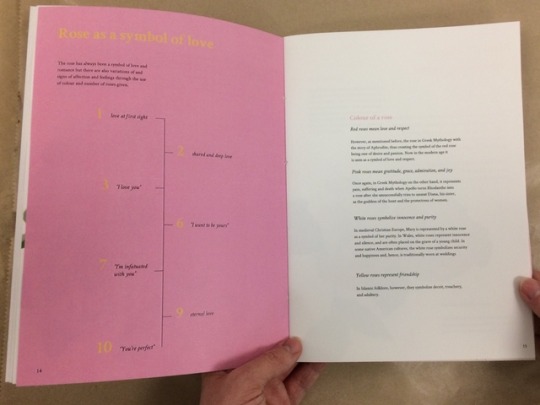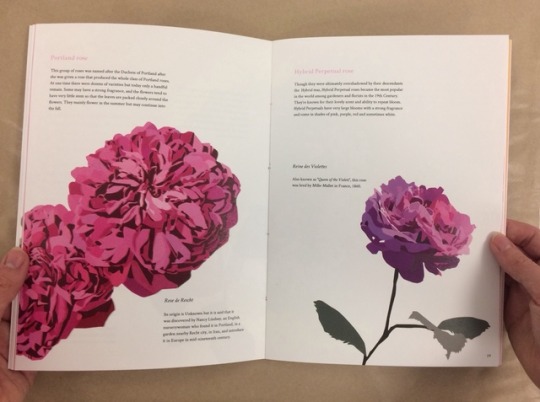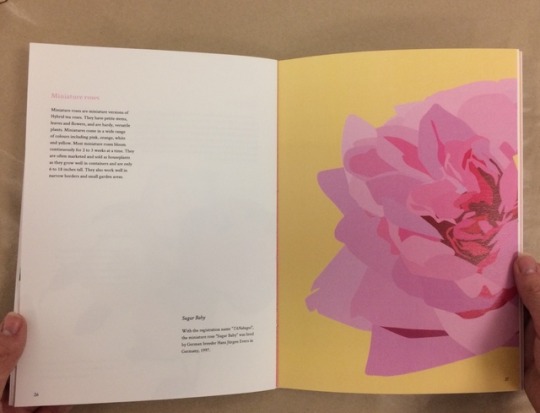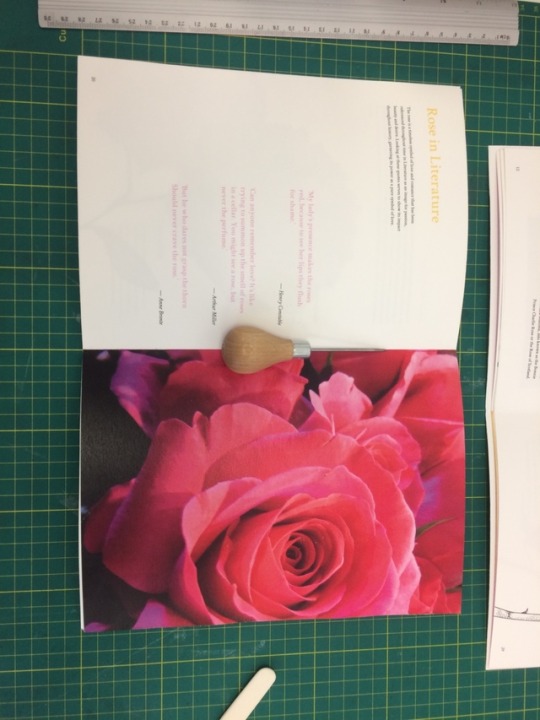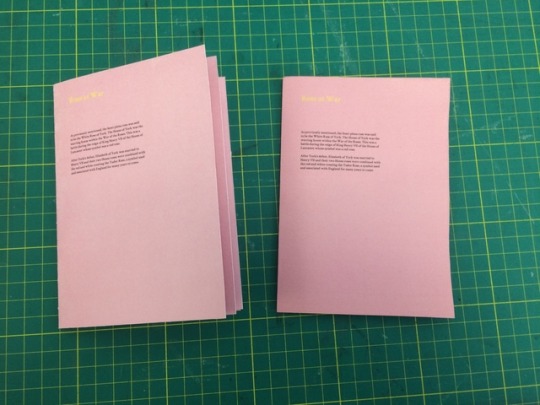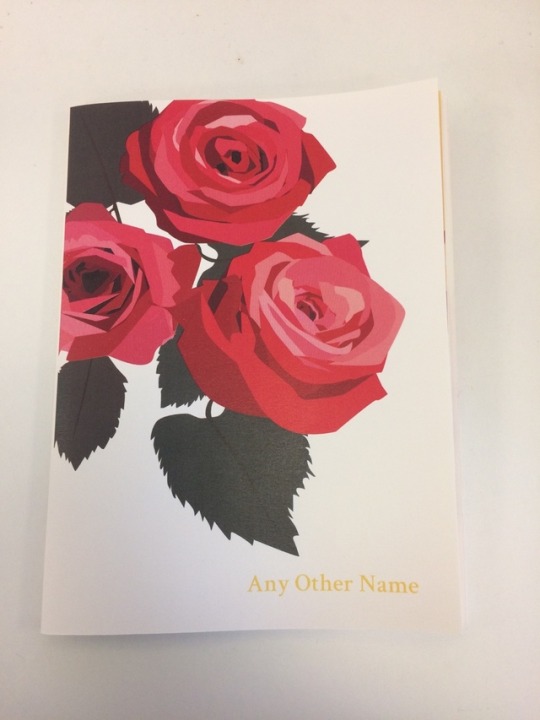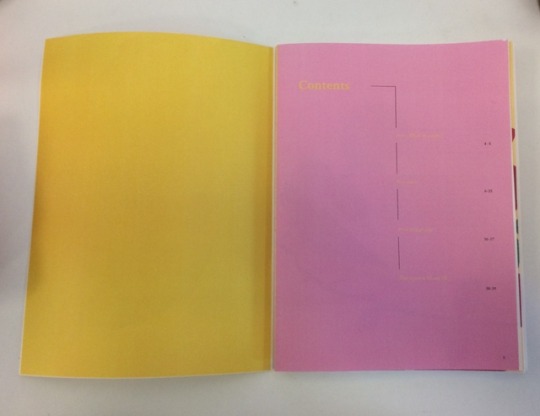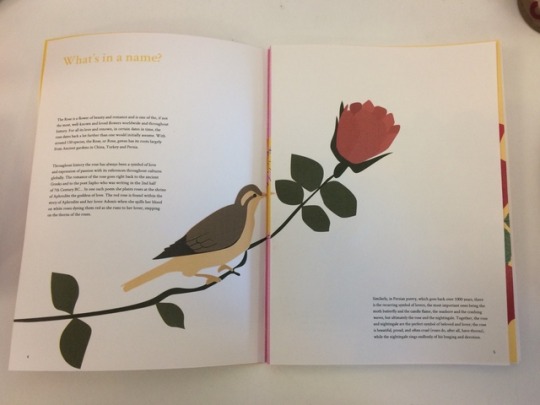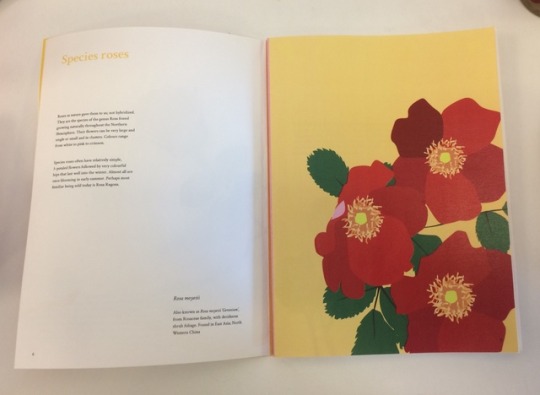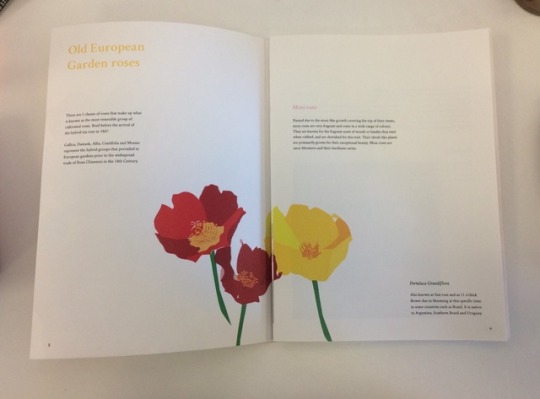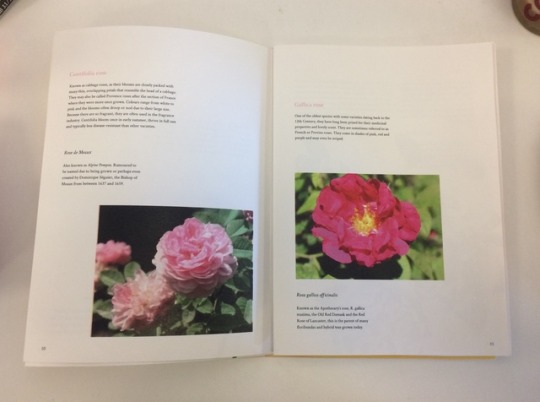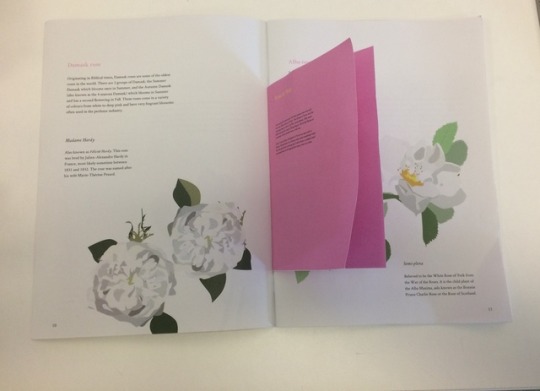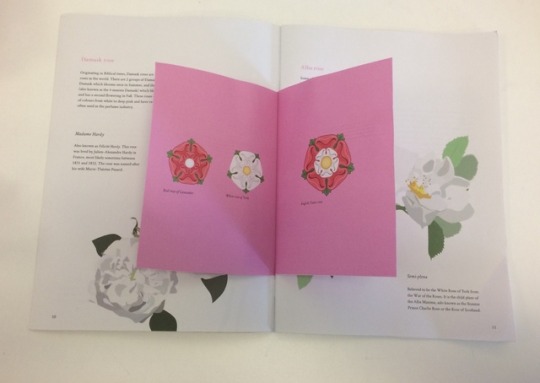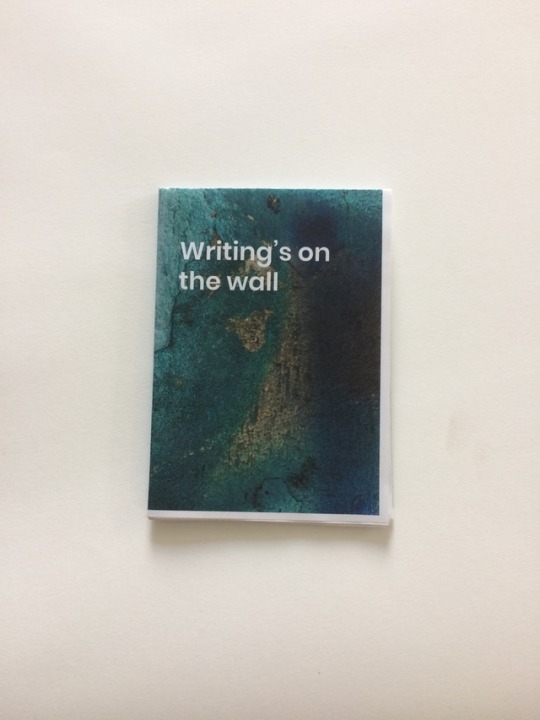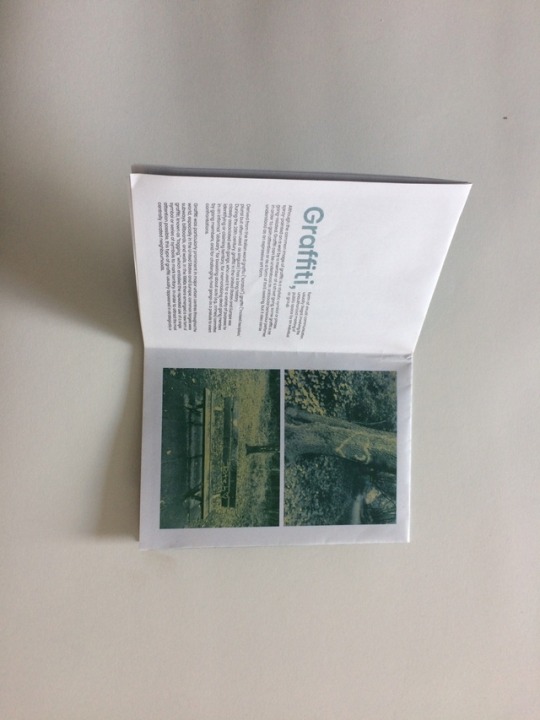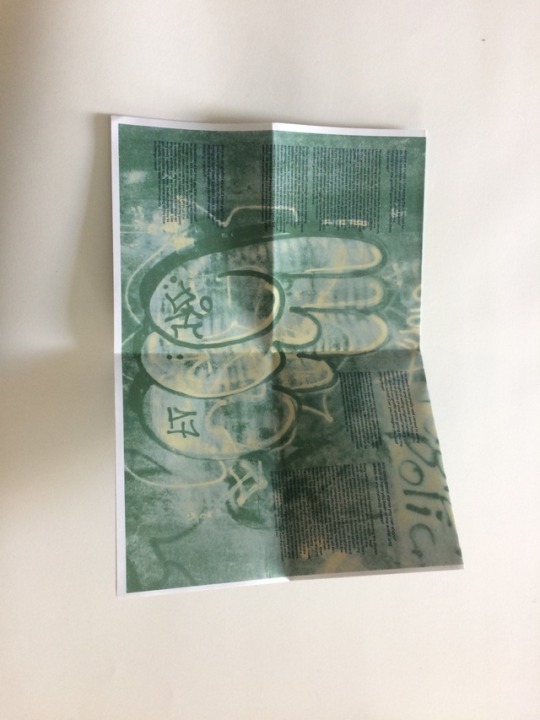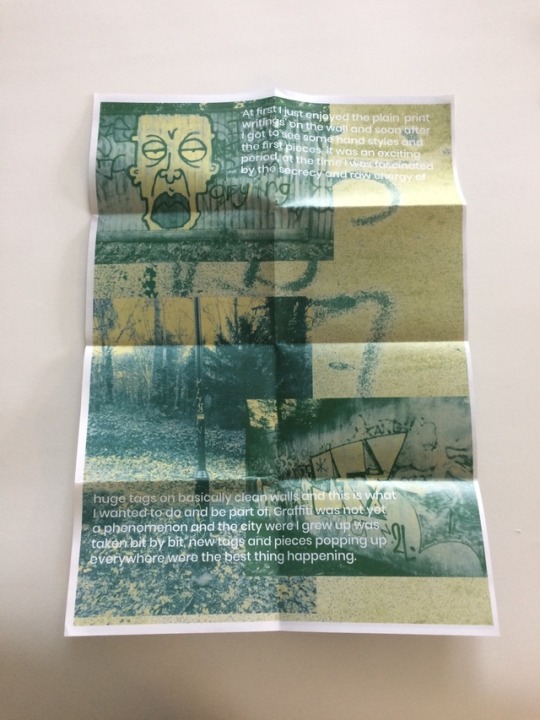Text
Evaluation
As a whole my project focused on the history and different species of roses. Most of my information was found online and was surprisingly hard to find. I thought there would be more information on the different meanings of roses as well as their origins but found that as roses were actually from a lot longer in the past than I thought that there was actually little information on when exactly they were first discovered as well as when exactly they were brought over into other countries. Getting images from primary research was also hard as wild growing roses were not in season yet so the only I could take pictures of where store bouquets
My project did go through a lot of changes. I initially was going to look at flower arranging and the symbolism of a wide range of flowers and where these meanings came from. As well as this I was also going to look at the translation of meaning across different cultures. However, after looking at the istd 2014 brief of everything about one thing I felt it would work better to narrow things down to one singular flower and its meanings and origins as opposed to many different ones.
In terms of timing I think I managed time well especially over Easter break when I worked on creating a range of illustrations for my book. I could have perhaps spent more time researching and trying out different layouts to create a clearer and more dynamic layout but I think overall I managed to do things to a fairly good timing.
Feedback was very helpful this project and helped me to see where I could move to next and to help me not to broaden and go off on wild tangents. I think it helped me to make the subject matter of my book more engaging as opposed to just a factual book with information.
If I would improve my book I would say that it could do more work on layout and perhaps making the illustrations the core focus of the work. I could have also perhaps put in more information and that could have made the text sit more comfortably on the page as opposed to some pages that seemed to have floating bodies of text.
9 notes
·
View notes
Text
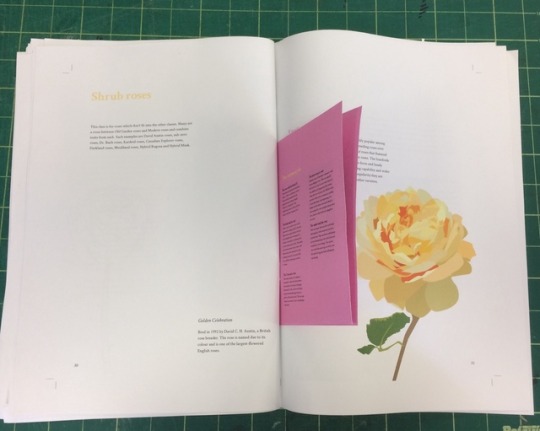
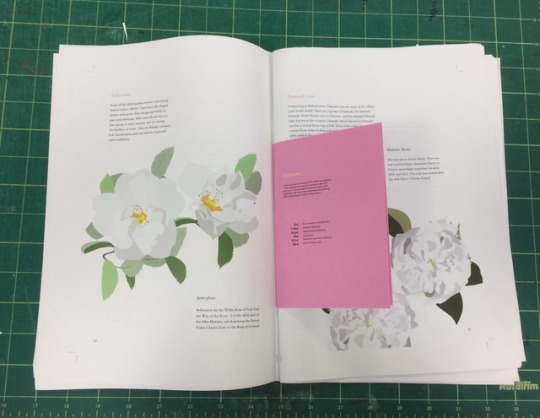
Tried insert but it didn’t match up onto the right pages so had to redo order of pages
0 notes
Link
0 notes
Link
Single Rose You are the one/Love at the first dight
2 Roses Deeply in love with you
3 Roses I love you
4 Roses Nothing can do us apart
5 Roses Admire you /I love you very much
6 Roses I wanna be yours
7 Roses I'm infatuated with you
8 Roses Grateful for your caring and support
9 Roses An eternal love, together as long as we live
10 Roses You are perfect
0 notes
Link
The exact parentage of Ballerina seems to be unknown however is is known that it was bred from a seedling of R. multiflora. By John Bentall of the United Kingdom in 1937. There is actually very little information out there about the origins of this rose or who first offered it commercially. Bentall was the gardener and assistant of Joseph and Florence Pemberton starting around 1920, and later became his beneficiary and successor who went on to create other great roses such as the Autumn Delight and The Fairy.
0 notes
Link
'Blanc Double the Coubert' is a rose that was released in 1892 by the French firm-Cochet Cochet. Coubert is the name of the place where the company was located.
0 notes
Link
• Blanc Double de Coubert • Muslin Rose • The Muslin Rose
Bred by Charles Pierre Marie COCHET-COCHET (France, 1893).
0 notes
Link
Bred by David C. H. Austin (United Kingdom, 1992).
David Austin was the owner of one of Britain's leading rose nurseries, specializing in Old and Modern Shrub Roses and Climbing Roses.
0 notes
Link
One of the largest-flowered English Roses, bearing rich yellow blooms in the form of giant cups.
David Austin, 1992.
Named for its glorious colour. Its name makes it the perfect rose for commemorating Golden Weddings, 50th Anniversaries or any other celebration or important event.
0 notes
Link
Bred by Hans Jürgen Evers (1940-2007) (Germany, 1997). Introduced in Germany by Rosen-Tantau/Tantau Roses in 1997 as 'Sugar Baby'.
0 notes
Link
De Gaulle was a French general and statesman, leader of the Free French during World War Two and the architect of the Fifth Republic. His political ideology, 'Gaullism', has become a major influence in French politics .
0 notes
